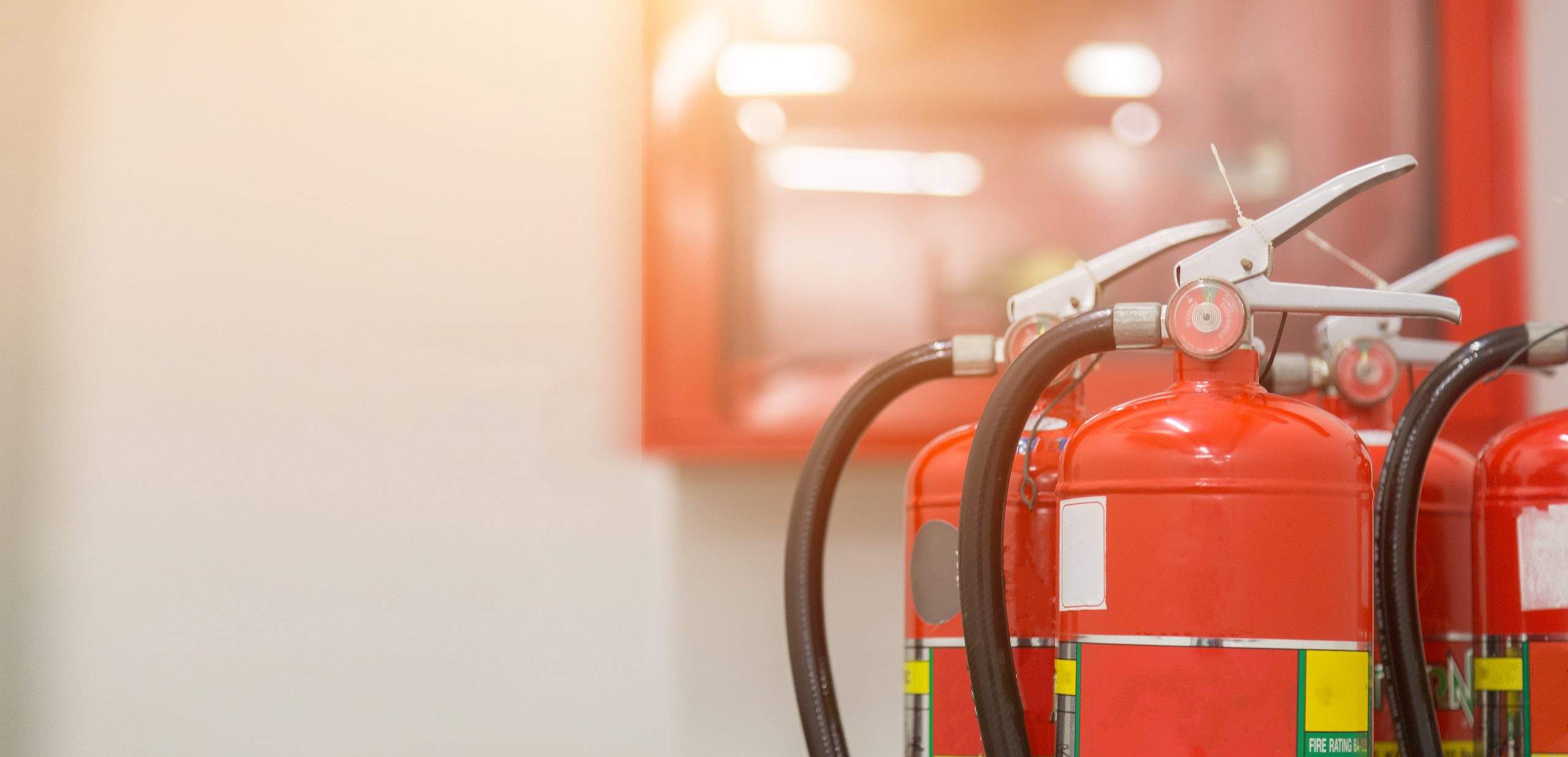
In any facility, big or small, the importance of establishing a well-thought-out fire safety plan cannot be overstated. Fire extinguishers play a crucial role in this plan, but their effectiveness hinges on proper usage and choosing the right type for your specific needs. In this guide, we'll walk you through essential steps to ensure you prepare for a fire emergency.
The first rule of fire safety is to prioritize human life. Before attempting to use a fire extinguisher, call 911, activate building alarms, and assist anyone in danger, without putting yourself at risk. However, there are situations where using a fire extinguisher is not recommended. Do not attempt to use one if you are unfamiliar with the fire, don't know how to operate the extinguisher, if smoke is overwhelming, if the fire is near flammable materials, or if it's too large for one extinguisher to handle.
Remember the basics – for a fire to burn, it needs oxygen, fuel, and heat. Fire extinguishers are designed to remove one of these elements and suppress fires. Understanding the fire triangle is crucial in using extinguishers effectively.
Remember the acronym PASS when using a fire extinguisher:
Consider factors like fire hazards, room size, and the weight of the extinguisher. Tailor your selection to the specific needs of different areas within your facility, such as kitchens, manufacturing areas, storage closets, and electrical closets.
Preparation is the key to fire safety. Regularly review your evacuation plans, educate occupants on fire extinguisher locations and usage, and select the right extinguisher types for your facility. At CDF Distributors, our experts are ready to assist you in choosing the correct fire extinguisher and storage solutions. Contact us today to ensure the safety of your facility and its occupants.